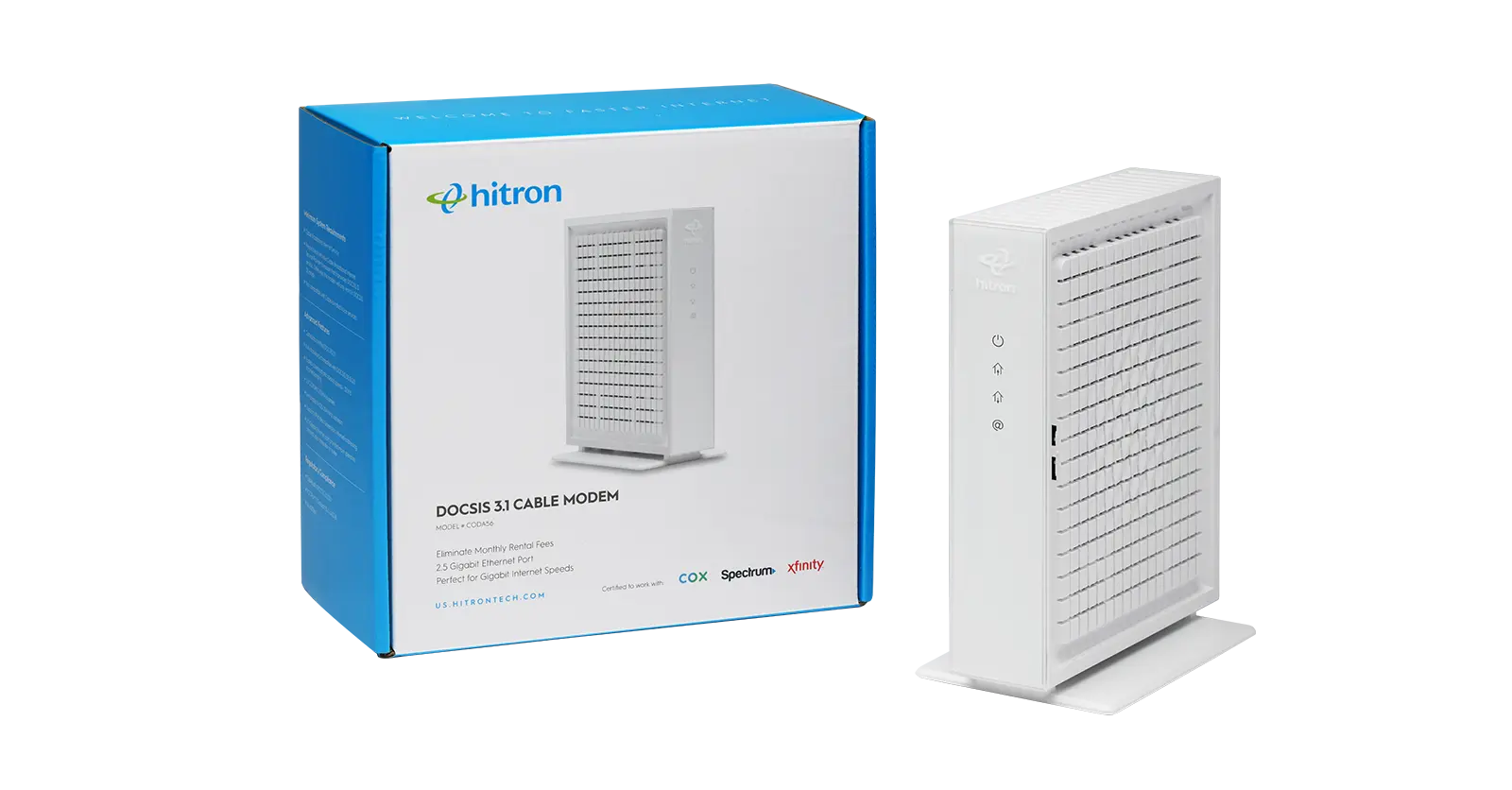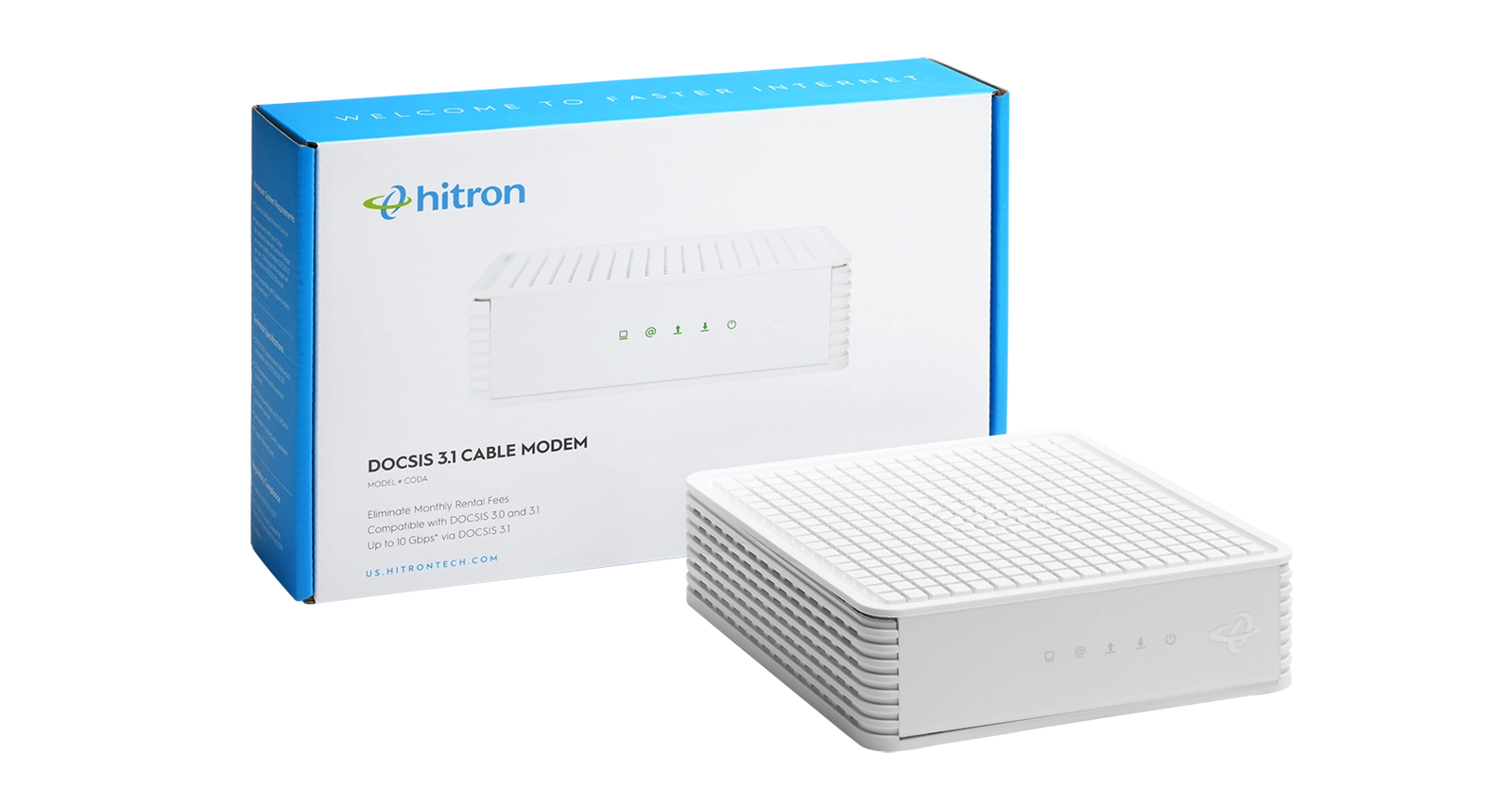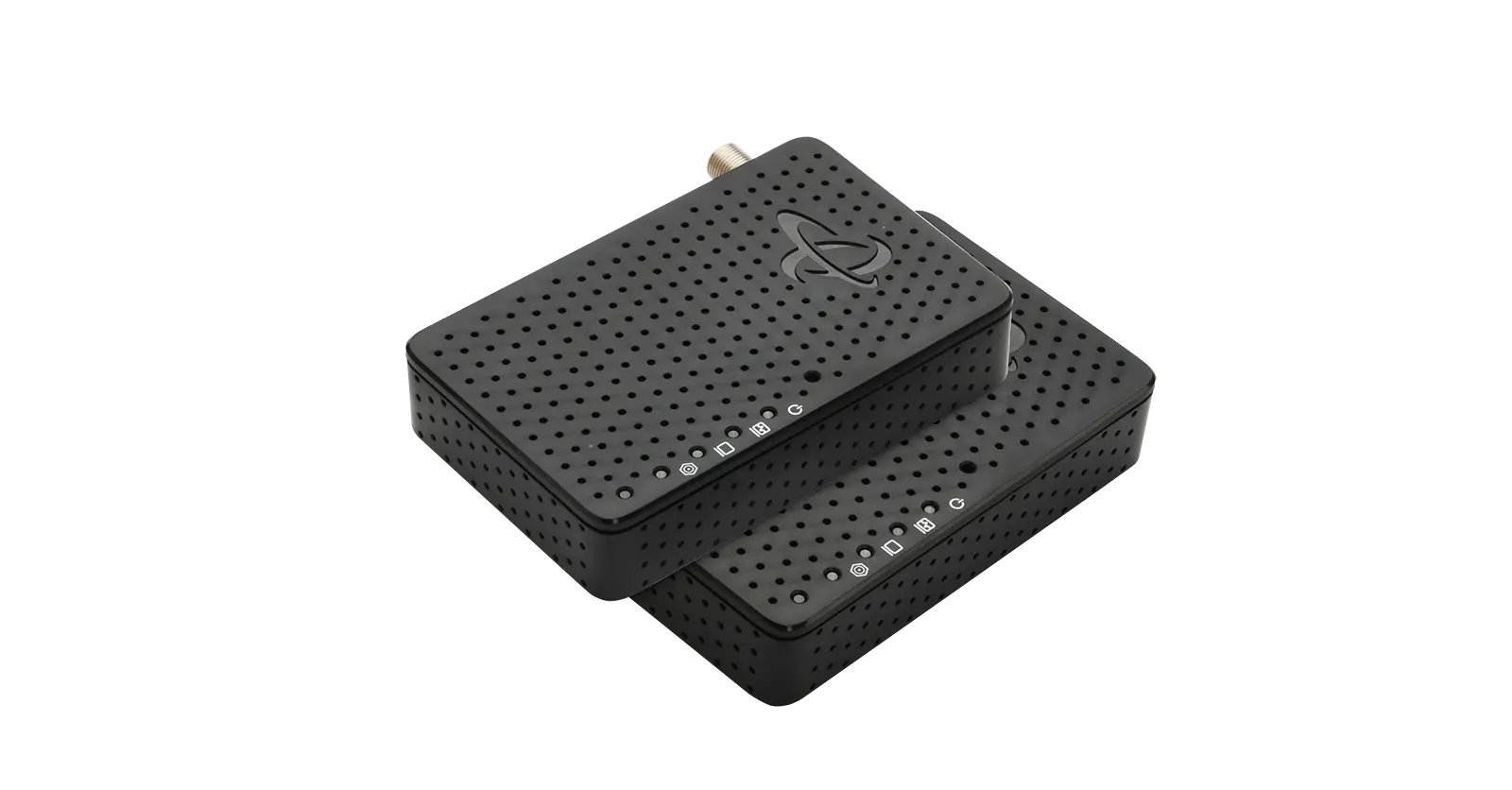If you’re getting fiber Internet service, you may hear your provider mention the term ONT. But what exactly is it—and do you need one?
An ONT, or Optical Network Terminal, is a device that converts fiber optic signals from your Internet provider into Ethernet signals that your devices can use. It’s a key part of any Fiber to the Home (FTTH) setup.
If your home uses cable Internet instead of fiber, you don’t need an ONT. You’ll use a DOCSIS cable modem instead, which serves a similar function for coaxial cable networks.
Let’s break down how ONTs work, when you need one, and what to consider if you’re on a cable connection instead.
What Is an ONT?
ONT stands for Optical Network Terminal. It’s the device that:
- Connects directly to a fiber optic line run by your Internet provider
- Converts that fiber signal into a usable Ethernet signal
- Sends that Ethernet signal to a router or gateway for in-home distribution
Think of it like a modem, but for fiber Internet. Without it, you wouldn’t be able to connect fiber service to your home network.
What Does an ONT Do?
An ONT acts as the bridge between your fiber service provider and your home router. Here’s what it does:
Task
Description
Some ONTs also support voice services or include battery backup options for power outages.
ONT vs Cable Modem: What’s the Difference?
The type of device you need depends entirely on the type of Internet connection available to your home:
Connection Type
Use This Device
If your Internet is delivered via coaxial cable, you won’t use an ONT. You’ll need a DOCSIS 3.1 cable modem instead—like Hitron’s CODA or CODA56—to access high-speed Internet on cable networks.
Where Is the ONT Located?
ONTs are typically installed:
- Inside your home (mounted on a wall)
- In a utility box outside your home (depending on climate and local infrastructure)
From there, the ONT connects via Ethernet cable to your Wi-Fi router or mesh system to distribute Internet across your home.
Do You Need an ONT?
You only need an ONT if:
You have fiber Internet service
Your provider installs Fiber to the Home (FTTH) infrastructure
You are not using cable, DSL, or wireless-based Internet
If you’re unsure what kind of Internet you have, check your ISP’s plan, or look at the cables running into your home:
- Thin glass-like cable = Fiber → ONT required
- Coaxial round cable = Cable → Use a DOCSIS cable modem
Who Provides the ONT?
ONTs are usually provided by your Internet Service Provider. You don’t typically buy your own ONT at retail. In fact, most ONTs must be pre-configured and provisioned by the ISP to work properly.
Hitron offers ONT and ONU solutions directly to Internet Service Providers, not for retail sale.
If you’re an ISP looking to deploy fiber services, learn more about Hitron’s Fiber ONTs purpose-built for high performance and reliability.
What If You Have Cable Internet?
If your home uses cable Internet, you don’t need an ONT. You need a cable modem instead.
A DOCSIS cable modem connects to your coax cable line and performs a similar function—delivering fast, reliable Internet to your router or device.
Explore these cable modem options from Hitron:
- CODA DOCSIS 3.1 Cable Modem – 1 Gigabit Ethernet
- CODA56 DOCSIS 3.1 Cable Modem – 2.5 Gigabit Ethernet
FAQs
What is the difference between an ONT and a modem?
An ONT is used for fiber Internet connections and converts optical signals into Ethernet. A modem (like a DOCSIS modem) is used for cable Internet and converts coaxial signals into Ethernet.
Can I buy my own ONT?
No, most ONTs are provided and installed by your ISP and require configuration. They are not typically sold at retail.
Do I need a router with an ONT?
Yes, you will still need a router to share the Internet connection throughout your home. The ONT only delivers the signal from your ISP.
What kind of cable connects to an ONT?
ONTs connect to fiber optic cables from the provider and Ethernet cables to your router or gateway.
How do I know if I have fiber or cable Internet?
Fiber lines are typically thin and translucent, while coax cables are round and thicker. Your ISP plan or a technician can confirm the connection type.
Have Cable Internet Instead of Fiber?
You don’t need an ONT. Choose a DOCSIS 3.1 cable modem instead:
- CODA DOCSIS 3.1 Cable Modem (1 Gbps)
- CODA56 DOCSIS 3.1 Cable Modem (2.5 Gbps)
Enjoy ultra-fast speeds and compatibility with top providers like Comcast Xfinity.


